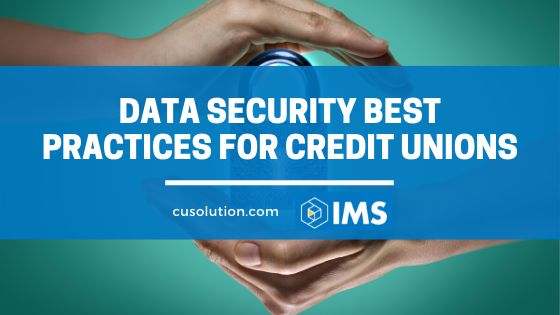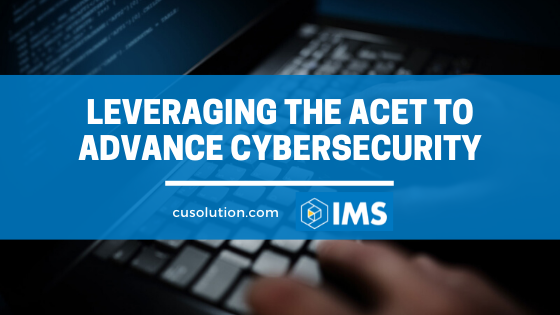
by admin | Jul 29, 2020 | Cybersecurity
Credit unions often serve some of the most vulnerable businesses in their communities. About 50% of small businesses that have a data breach in their operations will close permanently in the following 6 months. While credit unions may not fold so easily in the...

by admin | Apr 30, 2020 | Cybersecurity
People choose credit unions because of their customer service, accessibility and focus on its members. Credit unions instill a sense of trust and loyalty by creating customer-friendly relationships and ensuring members their money is safe. To nurture that...




